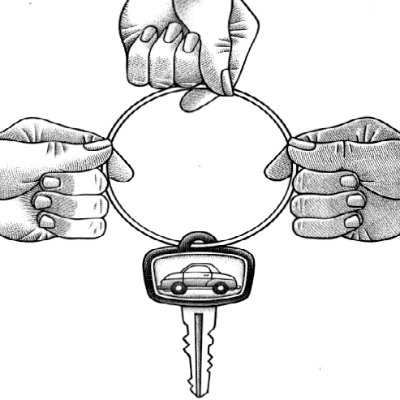Rooomy, it might sound unfamiliar yet for most of you. However, with emphasis on yet. Rooomy is an application developed by Loft-NedSense Inc., which connects home buyers with furnishing retailers and real estate, all within a 3D virtual space (Rooomy, 2016). You might think, there is nothing new under the sun. That’s why I am writing this blog about it. The emerging technology Rooomy works with, is likely to disrupt the market and way of selling products by furnishing retailers.
First of all, let’s explain how Rooomy works and the technology behind it. Rooomy enables consumers to transform a picture of their (for example) living room into a 3D picture. All details, like a painting on the wall or a lamp in the corner of the room, are added to the 3D picture, as you can see in the illustration below (Rooomy, 2016). Within the application, consumers are able to delete objects out of their 3D room. Now comes the interesting part. Loft has contracts with a couple of furnishing retailers, like Baker Furniture and Birch Lane (Rooomy application, 2016). Consumers are able to browse through their catalogue, and select pieces of furniture they think are interesting. Rooomy places those pieces into the 3D room of the consumer, so they can see how the new sofa, chair, lamp or whatever other pieces of furniture fit in their current (living) room. People are able to find out how a certain new piece of furniture will look like in their room, together with the current stuff that’s in there.

An advantage of Rooomy is that consumers will earlier found out if they really like the new stuff they want to buy. It will decrease shipping costs, since less products will be sent back to the retailer. While the 3D furniture catalogue was still relatively small at 500 pieces in the first half of 2015, Loft-NedSense currently has a database with over 6000 pieces of furniture (Tepper, 2015) (NedSense, 2015).
Another advantage for consumers is the fact that online shopping will be even more expanded, since buying furniture online has been made easier by Rooomy. It takes the need of visiting a furniture retailer away.
I am very curious about what you guys think of this new technology. Do you think it will indeed disrupt this market and the way of buying furniture will change? Or, do you think the need of seeing the new piece of furniture with your own eyes before buying it, will be too strong and physical stores will stay too important?
Rooomy Application. (2016).
NedSense. (2015). Annual Report.
Rooomy. (2016). About – Rooomy. Retrieved in 2016, from https://rooomy.com/about
Tepper, F. (2015). Rooomy lets you Decorate your room in 3D. Tech Crunch.


